Learn How to Access and Use Relationship Marketing Data
Terminus offers first-party Relationship Data that maps every relationship everyone in your company has with the people in your target accounts and then quantifies the strength of those relationships.
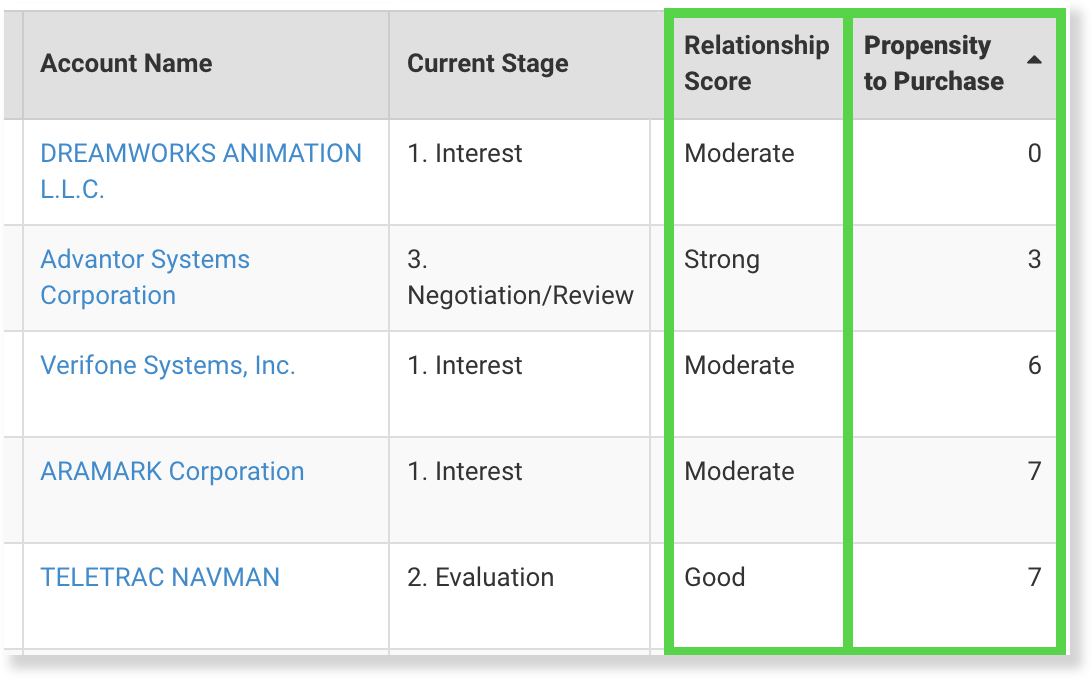
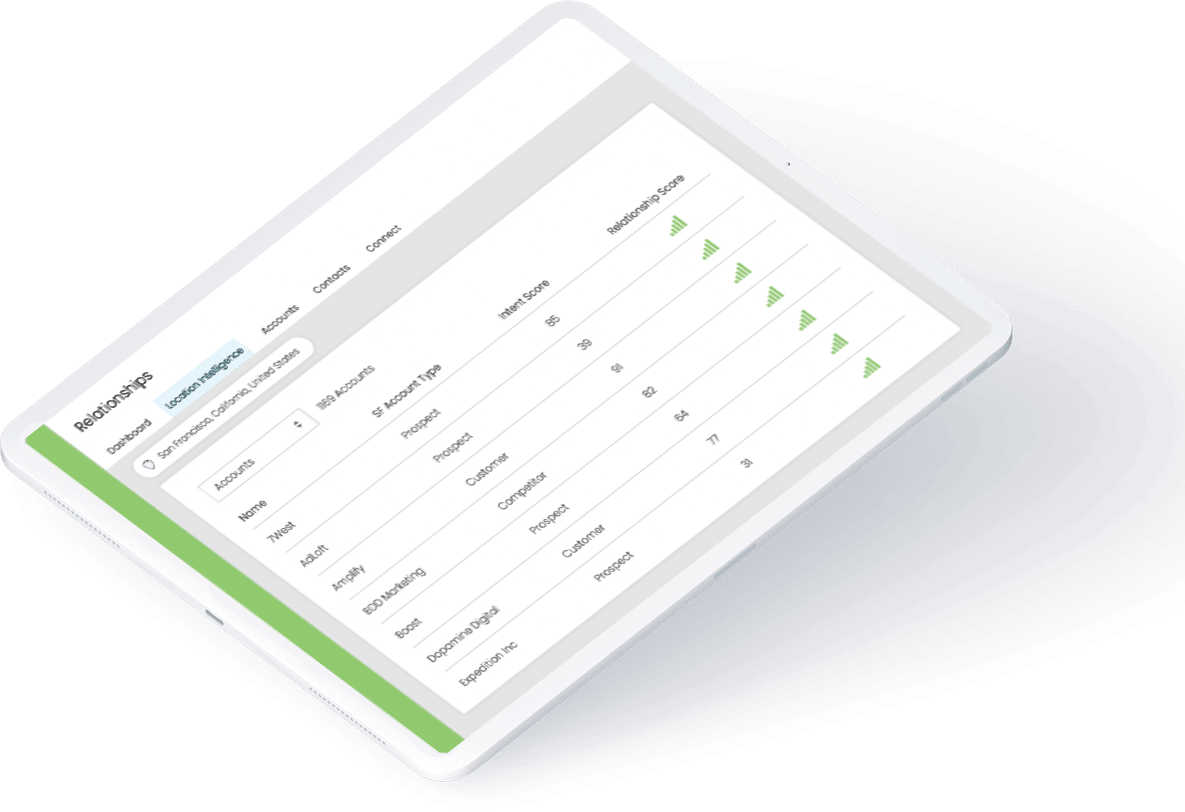
Terminus Intent Data Overview:
Terminus shows sales and marketing teams exactly who their next best opportunities are– and how likely they are to become a new customer. Combining our first- and third-party intent data allows teams to see exactly where they should be focusing their efforts.
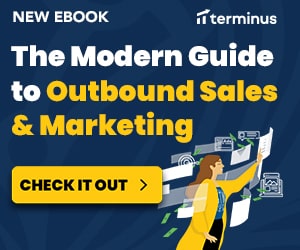
The Modern Guide to Outbound Sales & Marketing
Access it here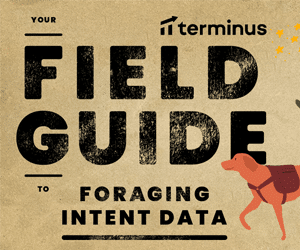
Your Field Guide to Foraging Intent Data
Check it out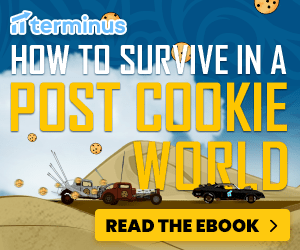
How to Survive in a Post Cookie World
Get the guideRelationship Marketing
What is relationship marketing and why is it important? A marketing philosophy that puts customer satisfaction first, relationship marketing has been shown to provide longer lasting, more profitable customer-company relationships. Relationship marketing dates back to the 1980s, when retailers and service providers began to move past transaction-based marketing theories and towards customer relationships, retention and journeys.
By providing customers with more meaningful and personalized customer experiences, businesses are able to develop closer, longer-lasting ties with their customers. Not only does this encourage customers to keep coming back (thereby increasing customer lifetime value), but it also improves upon the reputation of the company. A closer customer relationship further aids a company in identifying the type of experiences, products and services that customers truly desire.
Relationship marketing is also known as “building a buyer journey” or “personalized marketing strategies,” as it focuses on building revenue through healthier client relationships. Personalization is also the core of relationship marketing. Further information about the study and definitions of relationship marketing PDF leads to a deeper understanding of the benefits of relationship marketing theory.
A closer relationship with customers is almost universally beneficial to a business, creating new ways in which the business and the client can interact, and allowing the business to explore a deeper and more meaningful relationship with its audience demographics. Relationship marketing theory hinges upon the idea that customer retention is cheaper than customer acquisition, and satisfied customers will build value for the business.
Overall, companies are moving more towards relationship marketing now, as customers are developing closer interactions with brands. Through social media and mobile devices, customers are more likely than ever to interact with brands one-on-one and connect with brands in a context that goes beyond traditional, transactional marketing. Customers are yearning for real relationships rather than shallow ones.
At the same time, relationship marketing can be a resource-intensive process, and it’s important that a business thoroughly understand how relationship marketing works for it to apply it in an efficient, effective way. As an example, companies now find themselves moving away from self-reporting “touch stones” in the buyer’s journey and are instead attempting to assess all of a buyer’s interactions with a business from scratch.
Relationship Marketing Examples
Relationship marketing focuses on building up customer loyalty. That includes listening to customers, providing what they want, connecting with them on a personal level and customizing offerings for them. Everyone’s relationship marketing strategy will look different, depending on their budget, time, market and metrics.
There are also different levels of relationship marketing. Here are 3 levels of relationship marketing examples, based on where the customer is in their journey:
- Level 1: Customizing to the customer. Increasingly, platforms are using information from the customer’s interests and hobbies to identify the right offerings for them. By customizing products, services, content and more towards the customer, it becomes possible to deliver more of what they’re interested in and solidify the customer’s relationship with the brand. This occurs at a lower level because it doesn’t involve any personalized interaction, just platform interaction.
- Level 2: Rewarding customer loyalty. Previous customers are already customers who have proven to be interested in your product and services. Remarketing to existing customers is a way to improve upon customer relationships. As customers continue to make purchases, they can be rewarded with discounts and special offers.
- Level 3: Connecting with high value customers on a personal level. The Pareto principle (80/20 rule) states that 80 percent of your organization’s profit will come from 20 percent of its customers. High value customers should be courted by the company, invited to provide feedback and offered solutions and products tailored to them. Celebrating your relationship with your customers can also build these relationships.
The primary goals of relationship marketing are to show your customers that they are valued and determine what they want from your business. With this in mind, the relationship marketing examples above show that this strategy can grow in many ways alongside the business.
Customer Relationship Marketing
Customer relationship marketing keys into the benefits of building customer relationships. The concept of customer relationship marketing is focused on the idea that a stronger relationship between a customer and a business will undoubtedly lead to a customer spending more money with the company, engaging with the company and advocating for the company. Witnesses to these customer interactions will further see the benefits of relating to the company and will seek to engage with the company themselves.
Yet there are some complications when it comes to customer relationship marketing. Foremost, it can be hard to track relationships. A customer relationship management suite is a platform often used by teams to measure or manage their relationship marketing. In terms of technology, CRM and relationship marketing are inextricably linked: relationship marketing is the marketing philosophy, while CRM is used to implement it.
Through customer relations management and relationship marketing, businesses are able to encourage customer retention, which costs a fraction of customer acquisition. As customers become brand advocates, word of mouth spreads, and the company’s reputation grows among interested parties. This customer relationship management and relationship marketing pdf resource can describe the benefits of a customer relationship suite.
The connection between relationship marketing and revenue can be seen in a relationship marketing and customer satisfaction PDF report, which indicates how customers interact with a business. Customer satisfaction builds over the course of relationship marketing efforts, and the buyer journey provides insights into how to reach out to customers. As relationship marketing strategies build, resources such as a “building customer relationship in service marketing PPT” can be used to show whether the relationship marketing is effective.
Over time, customer relationships build upon the company’s marketing efforts, while the company’s marketing efforts support a higher Customer Lifetime Value. Customers are more willing to engage in a business that they find trustworthy, and building loyalty eventually leads to customers themselves bringing in new clients for the brand. More satisfied customers further cost the business less money, as they are less likely to have complaints.
Importance of Relationship Marketing
How does relationship marketing directly impact sales and marketing goals? It’s critical to understand the cause-and-effect of relationship marketing to understand the importance of relationship marketing. Energizer emphasizes the importance of relationship marketing why? Because it grows revenue. This importance of relationship marketing PDF shows the most basic benefits.
Successful relationship marketing leads to:
- Return customers rather than continuous customer churn.
- Higher value customers who individually complete more transactions.
- Lower marketing costs and increased word-of-mouth advertising.
- Better ideas of what customers truly want and what their experience is.
- Stable and sustainable growth with a more reliable customer base.
To grow relationship marketing in a business, a company can have seminars, conferences, training and tools such as an “importance of relationship marketing” PPT. Relationship marketing has to grow from within, with employees developing a customer-centric company culture.
The role of relationship marketing is to determine what customers want and to deliver it, thereby making it far more likely that companies will invest both emotionally and financially with the company. The importance of relationship selling is that it’s a cost-effective way to connect with customers on a highly personal and personalized level, securing and retaining customers. The importance of relationship marketing in B2B sales is even more significant, as B2B buyers tend to invest more in their business relationships when evaluating their new purchases and new partners.
Benefits of Relationship Marketing
What are the core benefits of relationship marketing?
- A shorter deal cycle.
- More customers won.
- Higher customer retention.
These are the core benefits of relationship marketing, but what are the downsides? A benefits of relationship marketing PDF will also note that relationship marketing does take a lot of time. Not only do employees need to take time building relationships with customers, but large volumes of data and interactions need to be collected to determine whether a business is fostering solid relationships. Further, the benefits of relationship marketing to the organisation may not be as significant if the company does not lend itself to lengthy, long-term relationships. Businesses that often sell a single product to a customer once, for instance, or that focus on quantity of sales over quality of sales, may not find relationship marketing as worthwhile.
It takes time to both test and develop a relationship management strategy. It’s more than presenting a benefits of relationship marketing PPT: it’s an entire philosophy and culture of doing business that may not always be worthwhile to the business. The question is whether in the advantages and disadvantages of relationship marketing disadvantages of relationship marketing exceed the advantages.
Still, despite these disadvantages of relationship marketing, most businesses are going to find that the advantages and disadvantages of relationship marketing have a net benefit. For many businesses, achieving customer satisfaction and retention is the key to success. The disadvantages of relationship marketing (seen in this disadvantages of relationship marketing PDF), can pale in comparison to the positive results. Most of the challenges of relationship marketing can be defeated by approaching it as a step-by-step process.
Types of Relationship Marketing
There are many types of relationship marketing depending on what’s important to a business. Any marketing campaign needs to be tailored to the company itself. Some common types of relationship marketing include:
- Customer service first relationship marketing. This type of marketing strategy focuses on providing the best in customer service and care, giving customers everything they need when they connect with the business. However, it has a failing: customers need to first connect with and communicate with the business to experience this level of customer care.
- Content marketing campaigns. A less interactive relationship marketing technique, content marketing campaigns seek to build relationships and authority with a customer by providing important, vital information that the customers need. These marketing campaigns develop a one-sided relationship with a customer but can impact many customers at once.
- Social media relationship campaigns. Social media makes it possible to directly interact with customers one-on-one, making it a very powerful and potent relationship marketing strategy. As social media is highly visible, marketing can be significant.
The type of relationship marketing you follow will directly impact your evaluation of relationship marketing strategies. Nevertheless, the principles of relationship marketing and the elements of relationship marketing will stay the same: they will focus on a customer-centric approach that delivers what the customer desires. The major characteristics of relationship marketing and the very nature of relationship marketing are all designed to secure and retain customers.
Relationship Marketing Articles
Building out a relationship marketing campaign can seem like an overwhelming process, but you aren’t alone. There are tremendous volumes of resources and articles available to help you find out more about relationship marketing and to get started.
Here are some of the best relationship marketing articles, relationship marketing notes, ebooks and blogs.
- Relationship Marketing and Customer Satisfaction. As a relationship marketing PDF, this resource offers an academic, broad spectrum overview of the benefits of relationship marketing and how it ties into the customer satisfaction metric.
- Relationship Marketing. As a relationship marketing PDF ebook, this resource focuses on how you can develop your competitive advantage through developing out your customer relationships.
- Case studies. Viewing case studies can help understand how relationship marketing occurs in the wild. This Audi case study, in the form of a relationship marketing PPT, is an excellent example of a relationship marketing case study PPT as it shows how Audi was able to build brand loyalty throughout its strategy.
- Marketing theory information. This relationship marketing theory PPT resource describes how relationship management directly relates to marketing strategies.
- Relationship marketing blogs. There are a number of valuable marketing blogs that discuss relationship marketing in-depth including both the benefits and challenges.
Through pdf relationship marketing articles 2018 and 2019, case studies, blogs and articles, you can put together your own evolution of relationship marketing PDF and use it to benefit your business.
Ultimately, relationship marketing is only becoming more popular and more important, and growing your business in a way that drives customer satisfaction, loyalty and retention is a way to build solid, long-term growth. Relationship marketing is one of the core strategies that business owners should explore today, especially if they are looking for a scalable solution to their customer retention.